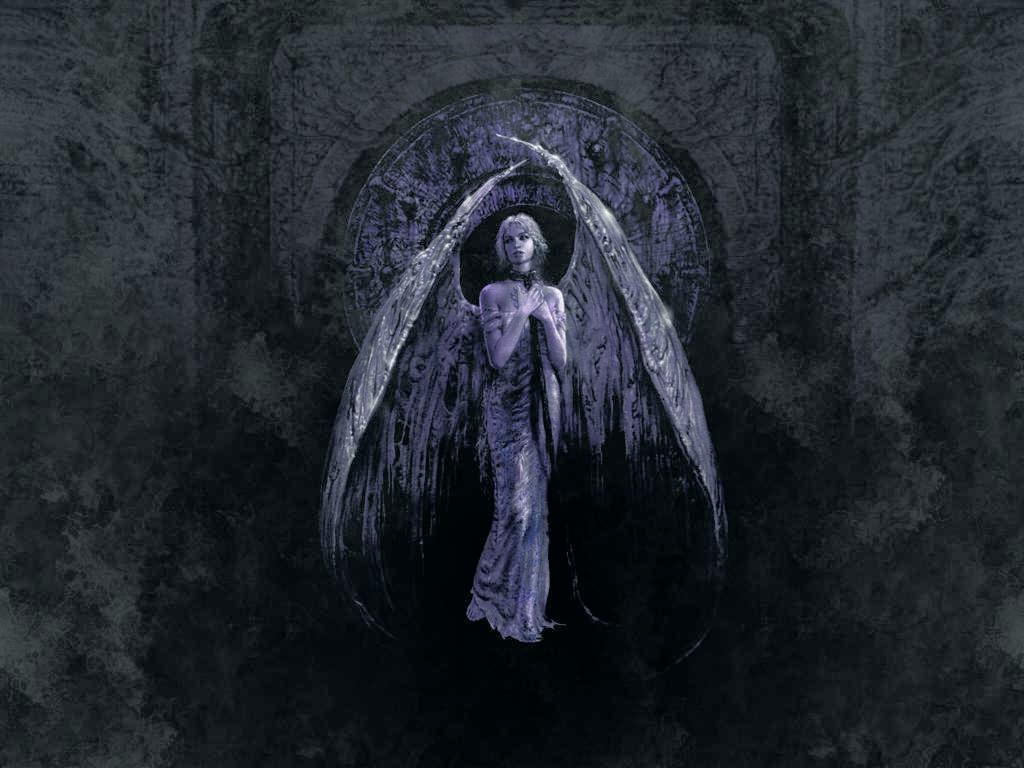The first definition or term I would like to explain is the role of Magi (Magus). Webster's Dictionary defines the Magi as: Magi (maji)n.pl. [Magus] 1, The "Three Wise Men," Matt. 2:1-12. 2, priests in ancient Persia. The Magus were often to be known as "in the service of God". In this day of medieval times this sect were treated with "royalty" status among other priests of the time. Assigned a cleric (priest of secretarial skills) they set to work to gain knowledge and wisdom that only the angels could provide. Because knowing one cannot "speak" (In the verbal sense) to God directly, the belief was that through the angels the words of the Magus would be heard.
The Cleric would write in great
detail all that the Magus had done, performed, said, and the results of his work. These
writings were cataloged and bound into manuscripts called "grimoires." These
manuscripts contained the very powerful conjurations and invocations to summon angels.
Again I refer to the Webster's Dictionary for the
definitions of Invocation and Conjuration: Invocation (in-vo-ka-shen)n. 1, act of invoking 2, a prayer. Conjure (kon-jer)v.t. & i 1, call up or bring about by, or as if by, magic; practice magic. The Magus would use certain tools in his performance of invoking and conjuring the angels. Two that I will use for example are still used today by many people worldwide. And not only by Christians. These two tools have been used by different religions, different people, and in different time periods. One thing is they have withstood the test of time. A second and last tool is that of incense. In much the same way as the candle, the invocation to conjure up the angel using incense was done to give the angel "the smoke" which they could use to appear in form. I hope that putting angel magick in this type of light sheds the fear and evil that is often associated with it. Angel Facts |
Angels
Subscribe to:
Comments (Atom)


No comments:
Post a Comment